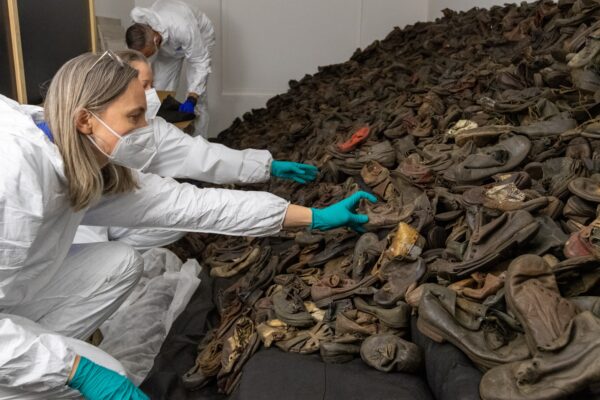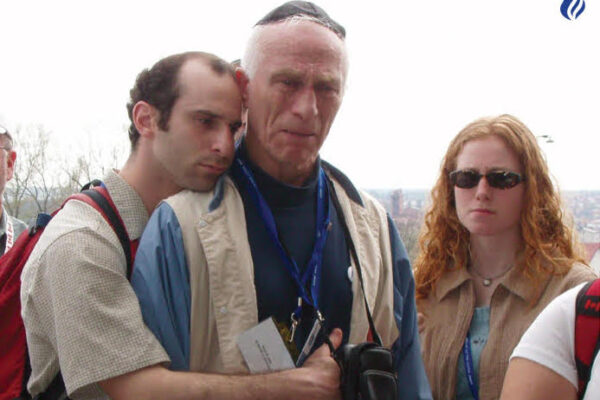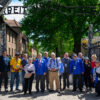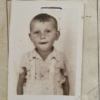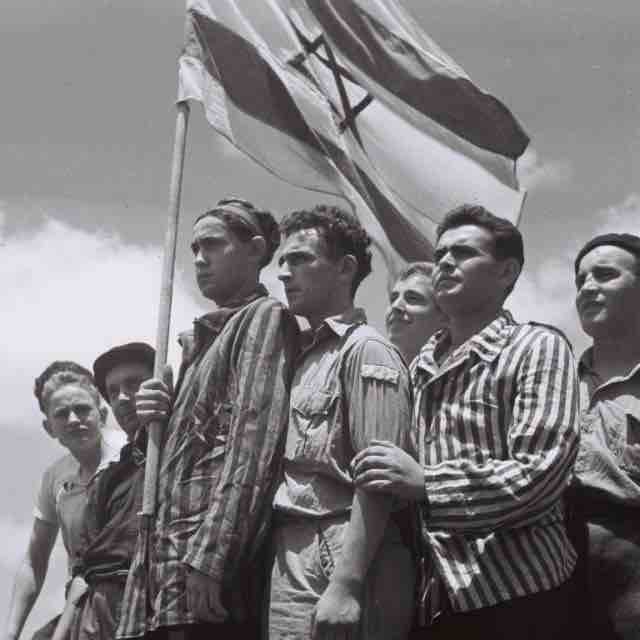
We sat together, both students of history at the Graduate Center of the City University of New York (CUNY) in the early 1970s. Even then, Yaffe Eliach, distinguished scholar in Holocaust studies and creator of the Tower of Faces, an exhibit of photographs on permanent display at the United States Holocaust Memorial Museum in Washington, D.C., was an imposing presence. Her recent death in New York at age 79 brought back a flood of memories.
She entered our late-afternoon seminars with her dark hair twisted elegantly into a bun, her smile radiating an intensity of purpose. Whatever the course, regardless of the historical period or geographic area, Yaffe focused her attention on a single subject: the history of European Jewry. She was interested in Jewish intellectual and social life before, during and after the Holocaust, driven by a mission to salvage lost Jewish voices. Already, she was an educator as well as a student, a mentor as well as a colleague.
The Graduate Center where I had the privilege of learning alongside Yaffe was the opposite of an academic ivory tower. Located on West 42nd Street across from Bryant Park and the New York Public Library, it thrived on the grit, grime and noise of midtown Manhattan. As an administrator once put it, doctoral education at CUNY was “an exercise in possibility – perhaps chutzpah.” So, too, was Yaffe’s vision to give life to anonymous victims of the Holocaust by recovering their stories.
Later, as a professor of history and literature in the department of Judaic studies at Brooklyn College, she began to collect Holocaust tales from her students, who were primarily children of survivors or themselves survivors, just like Yaffe. The borough of Brooklyn had the largest concentration of chassidic Holocaust survivors in the world, which was reflected in the student population in her classes. The tales recounted in her landmark work, Hasidic Tales of the Holocaust, were based on oral histories and interviews she conducted with the help of her students.
“I constantly sensed that the tale entrusted to me was a living witness, a quivering soul,” she wrote in the introduction to the book. Here were stories, never written down before, the only major collection of chassidic remembrances to have been culled from the Holocaust experience and the first ever in which women were often protagonists, playing a major role, not merely as daughters, sisters or wives, but because of their own spiritual convictions and moral courage.
I saw that same conviction and courage in Yaffe. As a graduate student, she frequently inserted the Holocaust into our discourse on modern European history, long before North American colleges and universities developed formal curricula on the Shoah – indeed, long before most Canadians and Americans, myself included, appreciated the full significance of the Nazi atrocities against the Jews. She simply would not allow anyone to forget.
Memory for Yaffe was an integral component in the recovery of the vanquished Jewish past. In founding the Center for Holocaust Studies in Brooklyn, she sought to preserve diaries, letters, artifacts, photographs and taped interviews related to the Holocaust, a pioneering achievement that served as a role model for Holocaust archival collections on this side of the Atlantic.
But it was only when I read her name attached to the Tower of Faces and saw the images she had amassed of Jews from her Lithuanian shtetl of Eishyshok, including photos of her own family, that I came to understand Yaffe’s passion to reconstruct the lives of Jews, not as victims, but as people leading meaningful lives personally and communally. Yes, “there once was a world,” as her father often reminded her. Looking up at the three-story high display of 1,500 photographs, I felt her power as a storyteller and her legacy echoed in the words of Bertolt Brecht: “Imagination is the only truth.”
